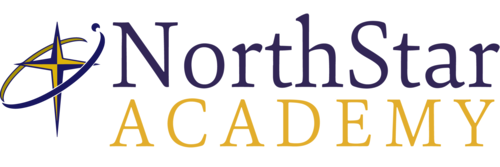Summary of Course Content and Activities
We encounter math in some form every day. To make wise choices, we need to be knowledgeable about mathematics and the processes involved.
In Math 10C, we look at 3 general outcomes:
- develop spatial sense and proportional reasoning. In this outcome, we study topics like surface area, volume and trigonometry.
- develop algebraic reasoning and number sense. In this outcome, we study topics like factors of whole numbers, irrational numbers, powers with rational exponents, multiplying polynomials and factoring trinomials.
- develop algebraic and graphical reasoning through the study of relations. In this outcome, we study topics like interpreting graphs, understanding relations and functions, slope, linear relations and systems of equations.
Activities in this course include a weekly assignment, quizzes, practice activities, a cumulative review and a final exam.
Prerequisites
Students who have successfully completed Math 9 with a mark of 50% or better can take this course.
Materials and Resources
Provided by NSA
- Textbook: Grade 10 Mathematics (Pre-calculus)
Purchased by Students
- Graphing calculator, TI83+ or 84+ is recommended for teacher support
- Students will need a scanner for submitting work.
Forecasted amount of time required to complete each week's lesson
6-8 hours per lesson
